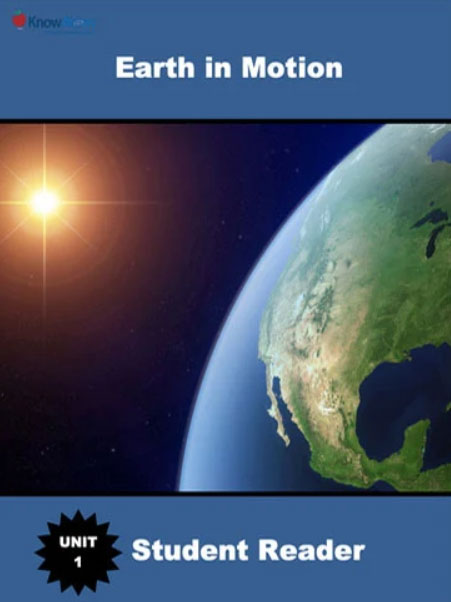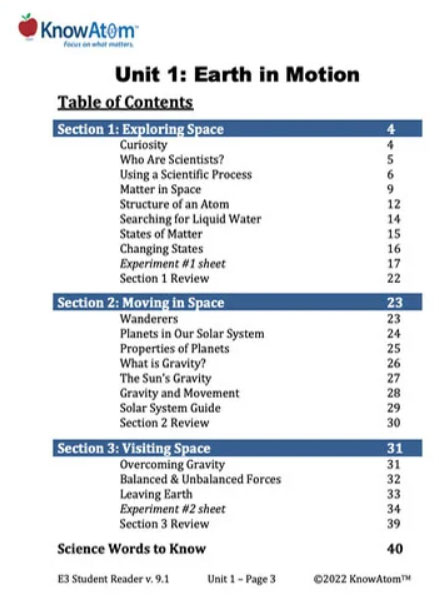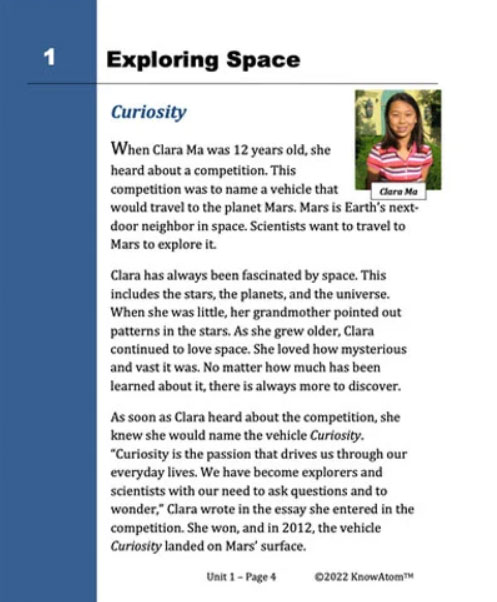Atom : the smallest piece of matter that has the properties of an element; a combination of three subatomic particles: protons, neutrons, and electrons
Cause and Effect : a relationship between events or things, where one is the result of the other
Force : a push or pull that acts on an object, changing its speed, direction, or shape
Gravity : a force of attraction between all matter
Mass : a measure of the amount of matter that makes up an object; a property of matter
Matter : everything that has mass and takes up space
Pattern : something that happens in a regular and repeated way
Scale :the size, extent, or importance (magnitude) of something relative to something else
Science : all knowledge gained from experiments






.png?width=352&height=410&name=Screenshot%20(7).png)



